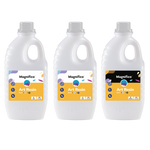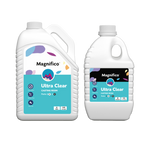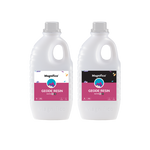Introduction:
Pigments are vital for introducing colour into several goods and materials. They originate from a mix of artificial and natural sources, and all have unique characteristics. The origins of pigments and their broad variety of applications in numerous industries are covered in this guide.
Sources Of Pigment:
- Natural Pigment: -
- Minerals: Utilised from minerals; for example, red and yellow oxides of iron.
- Plants: Manufactured from plants, especially more crazy roots and blues.
- Animals: Compounds like cochineal and violet are derived from animals.
- Synthetic Pigment: -
- Organic: Man-made colours, such as phthalocyanine blue, are bright and stable.
- Inorganic: Formed chemically with certain characteristics, like white titanium dioxide.
Now, we are focusing on pigments application:
- Arts & Paints: Used to generate a range of colours and effects in artist paints. An essential part of industrial paints utilised for coating machinery, cars, and constructions.
- Inks of printing: Provide books, magazines, packaging, and digital printing vibrant, permanent colours.
- Plastics: Applied into polymers for a consistent colour throughout the material. Apply to colour surfaces via procedures like spray painting.
- Textile: used to dye fabrics, creating colours that are vibrant and lasting. utilised in printing procedures for offering fabrics patterns and designs.
- Cosmetics: important in cosmetics such as nail paint, lipsticks, and eyeshadows. used in skincare products like sunscreens and tinted moisturisers.
Conclusion:
A variety of synthetic and organic components are employed to produce pigments, and each one adds unique characteristics to the final item. Their applications in a broad spectrum of industries—from textiles and plastics to art and cosmetics—highlight their vital function in bringing colour to our surroundings. Understanding which pigments come from and how they are utilised makes it simpler to make items that are attractive, permanent, and appealing to the eye.














